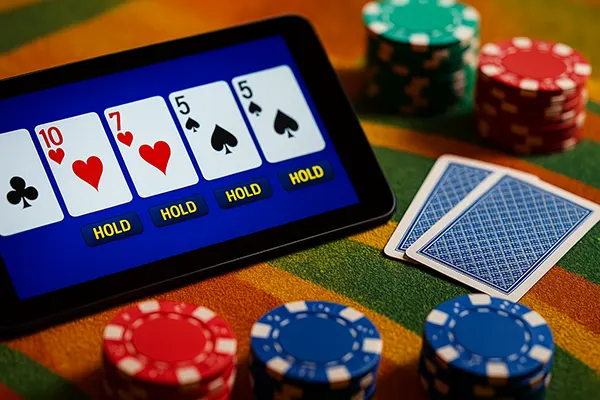
Mastering Card Counting in Poker
Card counting in poker is a strategic method employed by players to gain an advantage over their opponents. It involves tracking the cards that have been dealt to predict the likelihood of certain cards being dealt in the future. Unlike blackjack, where card counting is more common and widely known, using this technique in poker requires a different approach due to the nature of the game.
Poker, being a game of both skill and chance, presents unique challenges when it comes to card counting. The number of players, variations in rules, and the randomness of card distribution all add layers of complexity. Nevertheless, for those who master the technique, card counting can significantly increase their chances of winning.
How Card Counting Works in Poker
The process of counting cards in poker revolves around the concept of probability. Players observe the cards that have been dealt and use this information to estimate the odds of receiving favorable cards in the future. This estimation helps them make more informed decisions about when to bet, raise, or fold.
In practice, card counting in poker isn’t about memorizing every card but rather about keeping track of key cards that influence the game. For example, in Texas Hold’em, players might focus on the high-value cards or cards that complete potential hands on the board. The more experienced a player is, the more accurately they can gauge the value of their hand relative to what others might hold.
Legal and Ethical Considerations
While card counting in poker is not illegal, it is often frowned upon in certain settings, particularly in live games. Casinos may discourage or even ban players suspected of using card counting techniques, as it can give an unfair advantage. However, in private or online games, the ethical implications of card counting are often less clear-cut.
It’s important to note that card counting in poker is not foolproof. The randomness of card shuffling and the unpredictable nature of human behavior can easily nullify any perceived advantage. Therefore, while it can be a useful tool, players should be aware of the risks involved and use this strategy cautiously.

Techniques for Effective Card Counting
To effectively count cards in poker, players need to develop a keen sense of observation and mental arithmetic. One common method is the “Running Count,” where players add or subtract values based on the cards dealt. Another technique is the “True Count,” which adjusts the running count based on the number of decks in play.
These techniques require practice and concentration. Many professional poker players incorporate card counting into their broader strategy, using it alongside other skills like bluffing, reading opponents, and managing their bankroll. By combining these elements, players can create a more holistic approach to the game that maximizes their chances of success.
The Future of Card Counting in Poker
With the rise of online poker and advanced software tools, the traditional methods of card counting are evolving. Some players use software to assist with card counting, although this is often prohibited by online poker platforms. The future of card counting may lie in the development of new techniques that can adapt to these digital environments.
As poker continues to evolve, so too will the strategies players use to gain an edge. Card counting, while controversial, remains a fascinating aspect of the game, blending skill, psychology, and mathematics. For those willing to invest the time to learn and refine their techniques, it can still offer a competitive advantage in the world of poker.



